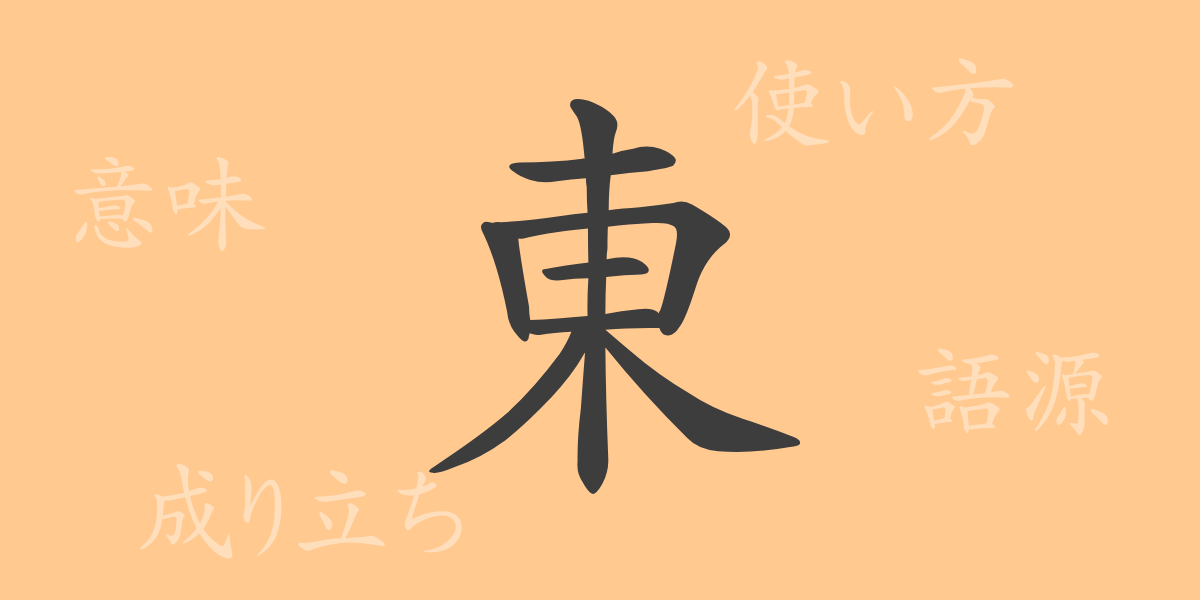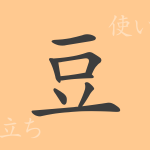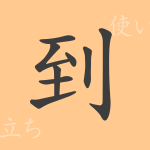Japanese culture and language are imbued with deep history and meaning. The common Kanji ‘東 (トウ)’ is no exception. Representing the direction from which the sun rises, this single character carries many stories and uses. This article delves into the origins of ‘東’, its meanings, usages, and even explores phrases and idioms that incorporate it, uncovering its charm.
Origins of ‘東 (トウ)’
The Kanji ‘東’ symbolizes the direction where the sun rises, the east. In ancient China, the character was created to depict the sunrise, combining the symbols for the sun and a tree. This imagery illustrates the sun rising above a tree, reflecting a natural scene.
Meaning and Usage of ‘東 (トウ)’
‘東’ is widely used to denote direction. It specifies geographical locations and sometimes serves as a metaphor for the evolution of eras or cultures. It is also used in terms like ‘東洋 (とうよう)’, referring to a region or cultural area.
Reading, Stroke Count, and Radical of ‘東 (トウ)’
The Kanji ‘東’ is cherished for its simple yet powerful form.
- Reading: On’yomi ‘トウ’, Kun’yomi ‘ひがし’
- Stroke Count: ‘東’ consists of 8 strokes.
- Radical: The radical is ‘木’, categorizing it among Kanji related to wood.
Phrases, Idioms, and Proverbs Using ‘東 (トウ)’
There are numerous idioms and proverbs that include ‘東’. For example, ‘東西南北 (とうざいなんぼく)’ means all directions, ‘東奔西走 (とうほんせいそう)’ describes running around busily. ‘東洋 (とうよう)’ refers to Asian culture and regions, and ‘東京 (とうきょう)’ is the well-known term for Japan’s capital.
Conclusion on ‘東 (トウ)’
The meanings embedded in a single Kanji can vary widely based on its frequency of use and cultural context. ‘東’ holds a special presence for Japanese people, enriching language and expressions. From a practical term indicating direction in daily life to poetic expressions and cultural significance in phrases, ‘東’ forms a crucial element in shaping our world.

























